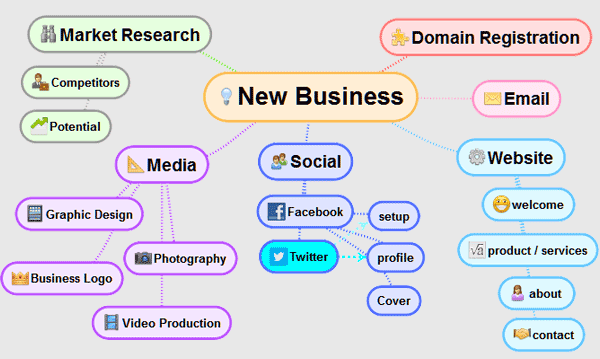e-commerce Isle of Man, Ecommerce Isle of Man, Online store Isle of Man, online payments Isle of Man
 If you are planning on setting up an online store, then you will want to look into a payment provider that can help you take payments that is both secure, efficient, and safe. With this type of system in place, you will have more time to focus on your business.
If you are planning on setting up an online store, then you will want to look into a payment provider that can help you take payments that is both secure, efficient, and safe. With this type of system in place, you will have more time to focus on your business.
PayPal enables any business to pay and get paid online safely and easily from around the world. PayPal is an excellent option since all transactions can be done from a computer with internet access. You can easily and safely accept money from anywhere in the world. To set up an account, you will need to sign up with PayPal’s Payment package. There is no credit check or application necessary. There are no monthly fees to pay and you will be able to accept credit cards, debit cards, and PayPal as forms of payment. Transactions are charged 2.9 percent which is a little higher than most banks charge but the ease of setup and fact there are no recurring monthly fees makes it ideal for startup and small businesses. Since PayPal is a payment gateway, there will be no need to get a SSL (secure socket layer) certificate to secure your customer data and your transactions will be secured through data encryption. In addition, PayPal does not require a merchant bank account nor PCI compliance and can also provide a PayPal debit card so you can easily access your money. PayPal can also take care of invoices, billing information, and account support to make things easier.
SagePay is another option that is very popular at present. To sign up with SagePay, you will need to complete an application, print, sign, and send it in with business and identification documents. SagePay are the online payment processor so you will also require a merchant account at your bank to plug into the SagePay account. Once all documentation is submitted and accepted, you will be able to take credit card, debit card, and commercial cards through SagePay. You’ll be charged a flat monthly fee of just £20 for your transactions so it’s very cost effective. For credit cards and commercial transactions, you will be charged around 2 percent of the charged price by your merchant account (your bank) and they will normally charge you a small monthly fee also. You will also need to be PCI compliant and follow the guidelines that are provided. PCI compliance will cost you an additional £120 per year on average and it is like an MOT for your website to ensure it is working securely. If you do not meet PCI compliance, your bank will probably charge you a small extra monthly fee for non-compliance.
WorldPay is a UK based site that enables most of Europe to accept debit, credit card payments, and many country-specific types of payment. WorldPay also is capable of accepting more than 120 currencies from around the world. WorldPay accounts can be used to take face-to-face, mail order, and phone orders. In addition, you can also set up an online business account that can handle your online e-commerce. SSL certification is not required with WorldPay since all customer information is held with the company. You will need to be PCI compliant to use WorldPay and a merchant bank account is needed to withdraw funds. The setup fee is £75 and there is a fee of £15 per month. There is a charge of anything up to 3.35% per transaction also. This is slightly more than SagePay but Worldpay have been an established leader in the online payment processing market for some time so are the name you can trust.
The relationship between online payment processor and merchant account, explained.
Many people get a little lost when setting up payment processing for the first time on their site. The main reason for this is a lack of understanding about the difference between an online payment processor and a merchant account.
The merchant account is usually with your bank. This is the end destination for any money you take online and it is usually deposited here on a daily basis by your payment processor. The bank charges you a percentage on every transaction for providing the service for you.
The payment processor is like the middle man in the transaction. They get passed your customer from your site with their cart contents. Similar to a checkout at a supermarket. They then securely check that funds are available to pay, take the money and pass the customer back to your website with their receipt. They then total up the days sales and pass the money to the bank for you. Similar to taking money via the till in a shop then walking to the bank each day to pay the money in.




